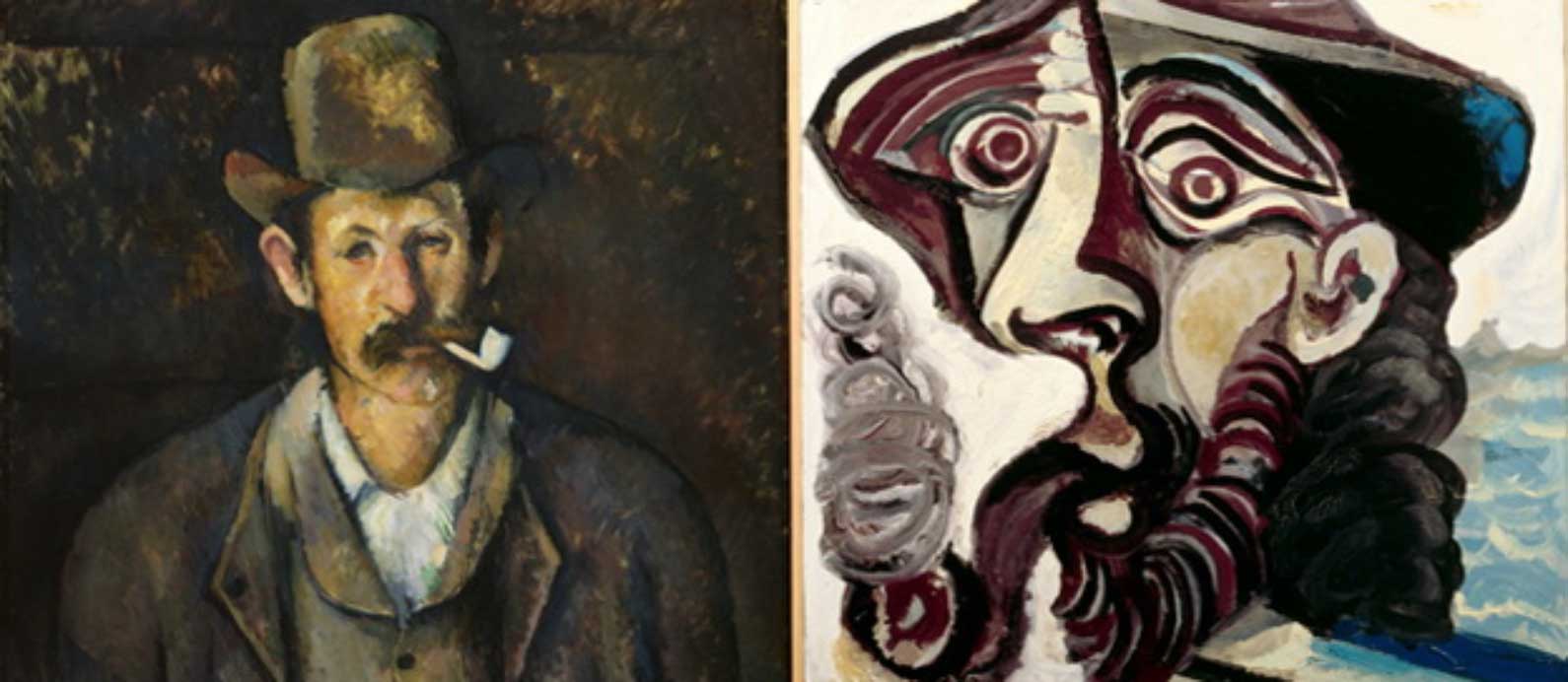In 2006, Wired Magazine published an article entitled “What Kind of Genius Are you?” The article highlights the work of economist David Galenson (currently a professor at the University of Chicago). Galenson is famous for postulating that artists fall into two classes: Conceptualists and Experimentalists. Conceptualists innovate radically, rapidly, and usually at early ages. The Wired article calls Picasso the archetype of Conceptual Innovation. Picasso upended modern art by inventing Cubism in his early 20’s. From the Wired article:
Picasso thought through his works carefully before he put brush to paper. Like most conceptualists, he figured out in advance what he was trying to create. The underlying idea was what mattered; the rest was mere execution. The hallmark of conceptualists is certainty. They know what they want. And they know when they’ve created it.
Cezanne is the archetype of Experimental Innovation:
(Cézanne) progressed in fits and starts. Working endlessly to perfect his technique, he moved slowly toward a goal that he never fully understood. . . He rarely preconceived a work. He figured out what he was painting by actually painting it.
The Wired article goes on to give a number of examples of Conceptual and Experimental Innovators in different mediums:
|
Conceptual |
Experimental |
| Georges Seurat | Jackson Pollack |
| Mozart | Beethoven |
| F. Scott Fitzgerald | Mark Twain |
| Orson Welles | Alfred Hitchcock |
A central part of Galenson’s theory is the relationship between the age of the artist at his peak and his type of creativity. Conceptual artists peak early. Experimental artists bloom later. While this may be true (and Galenson, being an economist, provides empirical data to support it), I think it overlooks the impact of the medium on the type of creativity. Once the artist has committed brush to canvas, changes are hard and costly. Doesn’t that skew painters toward the Conceptual Innovation category? Writers, especially in the modern world of Word Processors, can endlessly revise their work. Doesn’t that skew writers toward the Experimental category? Same with musicians. A songwriter may claim that a song came to him in a rapid fit of inspiration, but how many days, weeks, or months were spent in the studio with Pro Tools refining the production?
One of the strongest influences of technology on creativity is the ease with which works of art can be experimented. For artists with the Experimental Innovation temperament, this can be reinforcing and enabling (and perhaps dangerous as they may never get a sense of closure on a project ). For Conceptual Innovators, there’s a dissonance between tools and temperament. I suspect that there are fewer Conceptualists in the world today as a result.
As a software developer, Conceptual Innovation sounds a whole lot like Waterfall development and Experimental Innovation like Iterative development. As a medium, software has become infinitely malleable. When I began, development tools and processor speeds inserted significant roadblocks to experimentation. In 1983, I spent a summer at Stanford’s CCRMA studying computer music. I wrote a program in Fortran to compose a piece of music synthesized by CCRMA’s Samson Box. I would write code during the day and then schedule the program to build and run overnight. The next morning I’d listen to the results (woe to me if there were compiler errors). It literally took a whole 24-hour cycle for me to conceive, implement, and execute changes. Today, developers can change code and test the results almost immediately. I do not believe there has been a creative medium in the history of mankind more conducive to Experimental Innovation than software.
There are lots of reasons why software development companies like Art & Logic have embraced iterative development. It is the approach that best matches the inherent nature of software creation today (Please see a description of our Milestone-Driven Software Development Process). I think Galenson’s work illustrates a further, compelling reason to embrace iterative development. There is a resonance between iterative software development and Experimental Innovation – a supportive, reinforcing alignment – that leads to greater artistic achievement, and even genius. And isn’t the pursuit of genius at the root of what drives all creators and innovators?



